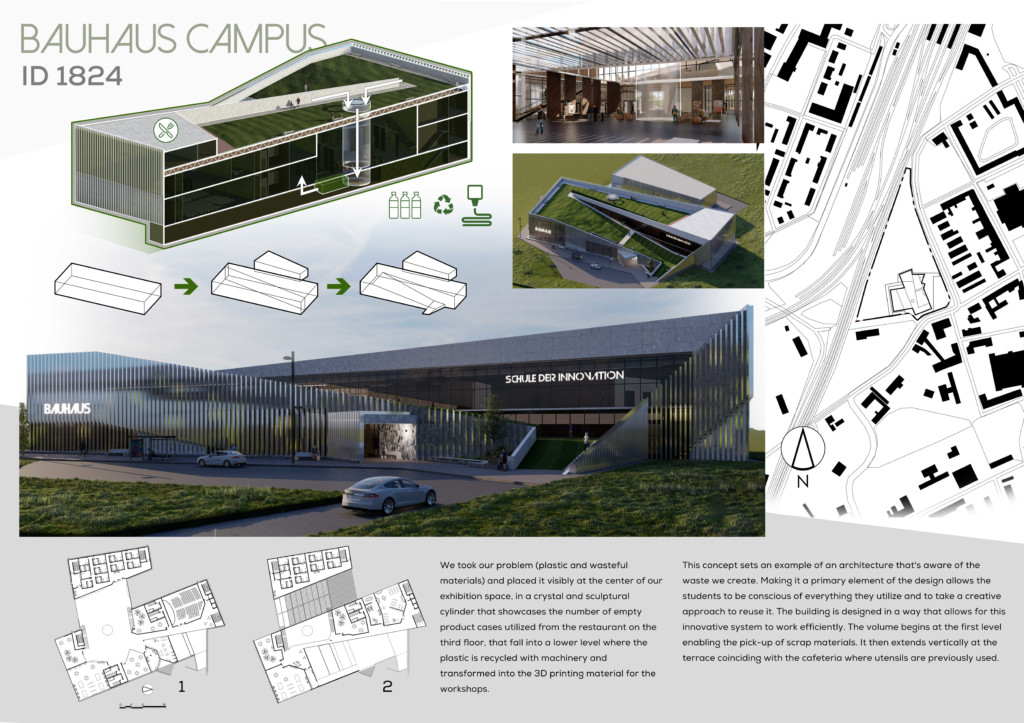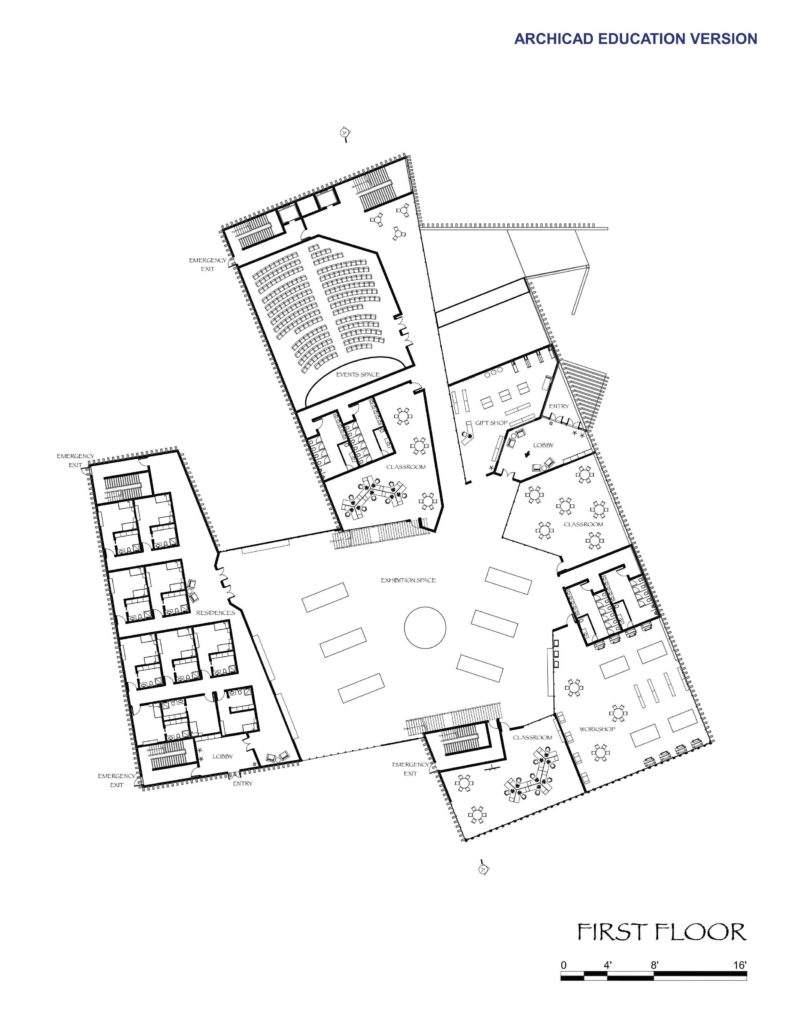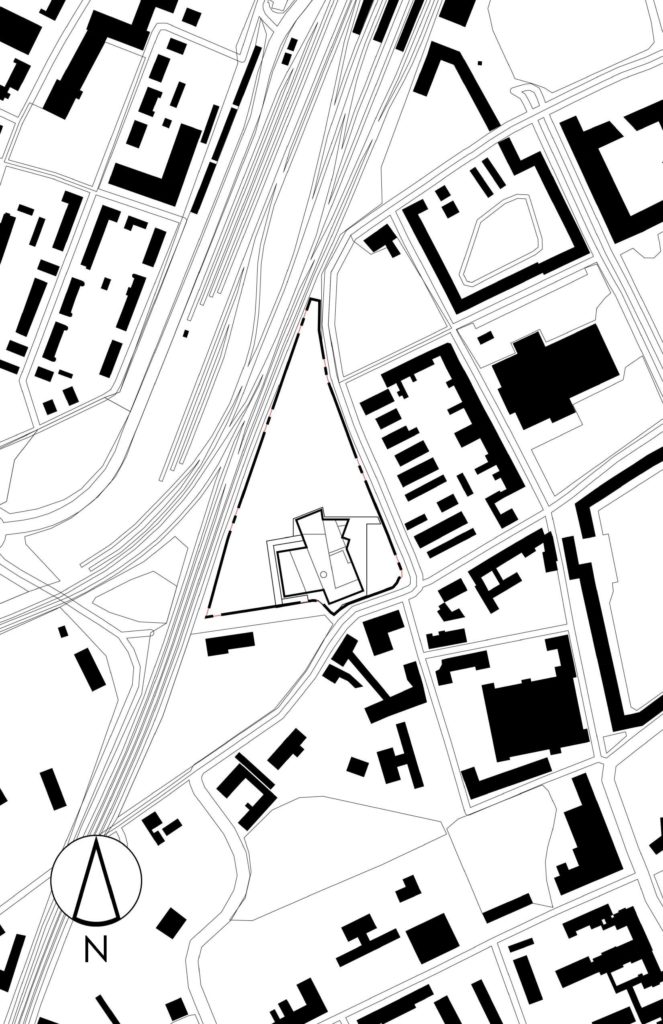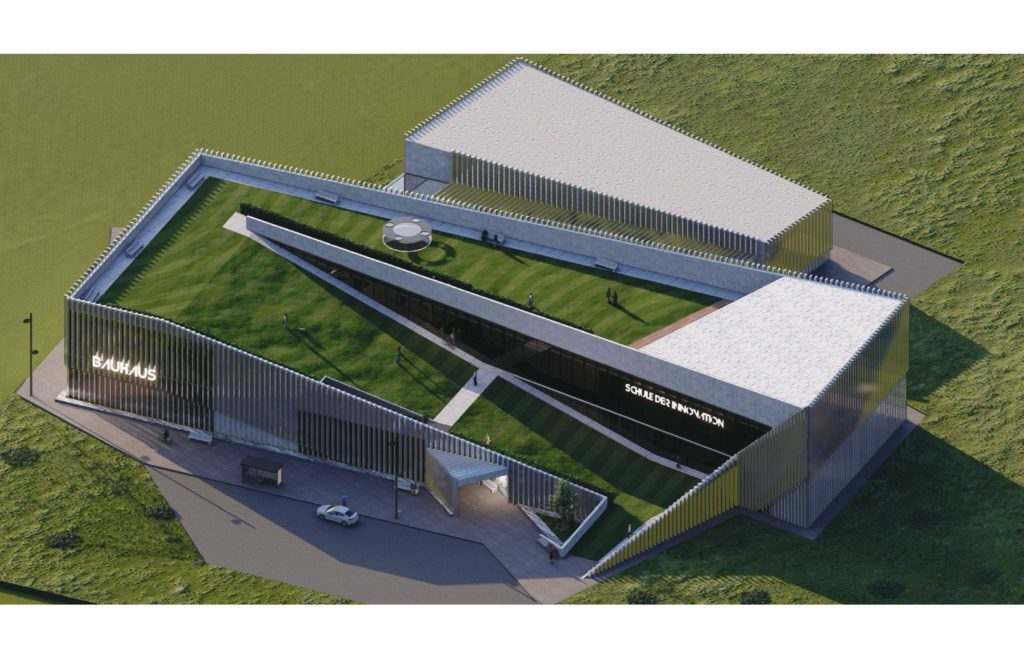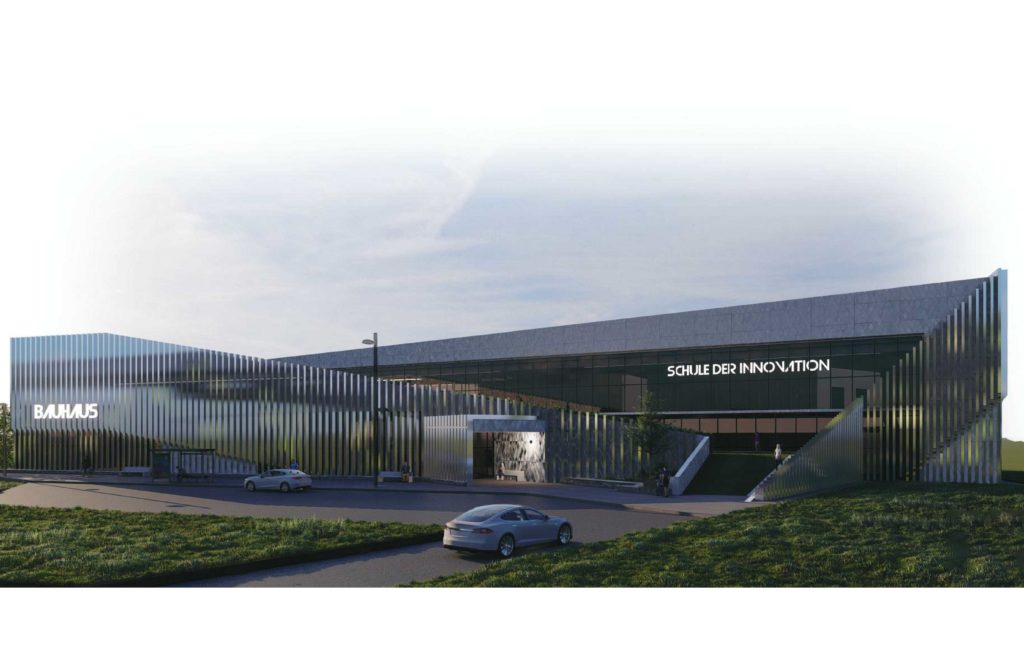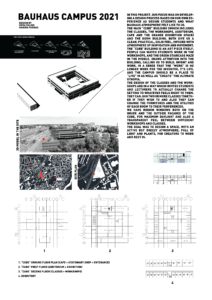Our team is composed of three second-year architecture students (Juan, Michelle, and Ana). The diverse cultural background of each member led to a differing design approach. However, during the primary stage of our process, we found our common ground in the history of the Bauhaus. This allowed each one of us to develop contributing characteristics that came to life in our Bauhaus campus collaboration project.
About the Project:
The Bauhaus school emerged as an equal but opposite reaction to political issues of the time. The tyranny against the liberties of expression caused by totalitarian powers on the rise motivated a strong definition of a free creative environment that was evident in the Bauhaus school’s teaching techniques. However, no society in history is excluded from difficulties, and today, we face an emerging problem that also demands our collaborative reaction, plastic waste.
The design ideologies that favor the increase of consumerism by distributing poor design, are important contributors to waste growth in our globalized society. While commercialism is a complex topic out of our control, as architects, we can still influence people in a variety of ways. Design enables us to guide how people move, see, and even feel inside of a space. That is why, in this project, our team saw the opportunity to utilize architecture as a conscientious medium.
We took our problem (plastic and wasteful materials) and placed it visibly at the center of our exhibition space, in a crystal and sculptural cylinder that showcases the number of empty product cases utilized from the restaurant on the third floor, which fall into a lower level where the plastic is recycled with machinery and transformed into the 3D printing material for the workshops. This concept sets an example of an architecture that’s aware of the waste we create. Making it a primary element of the design allows the students to be conscious of everything they utilize and take a creative approach to reuse it. The building is designed in a way that allows for this innovative system to work efficiently. The volume begins at the first level enabling the pick-up of scrap materials. It then extends vertically at the terrace coinciding with the cafeteria where utensils are previously used.
This project forms two ideas: The sublime integration of a collaborative environment to honor the main principle of the Bauhaus and the insertion of an innovative idea concerning our times. We concretized these principles by arranging our creative spaces in a schematic way. The areas that require creative and cooperative input from their users will surround “the outcome space” in other words the exhibition room, where work will be displayed. This centralized organization also serves as a medium to connect fields of creative study meanwhile highlighting the sustainable source of materials stored in the cylindrical volume.
In terms of the volume, our design has three sections. The principal volume is located on the Eastside and its façade faces the main street. The second volume, which moves the building towards the west, is a transitionary space that encompasses the exhibition area and allows for a smooth shift from public to private. Finally, the residence space follows, facing the area containing a calm visual weight, paying honor to its function.
On this campus, our team wanted to merge both, the collaborative environment offered by the Bauhaus and a fresh perspective to contribute to the waste struggling surrounding us. In other words, we imprinted a past looking towards a new and better future.
